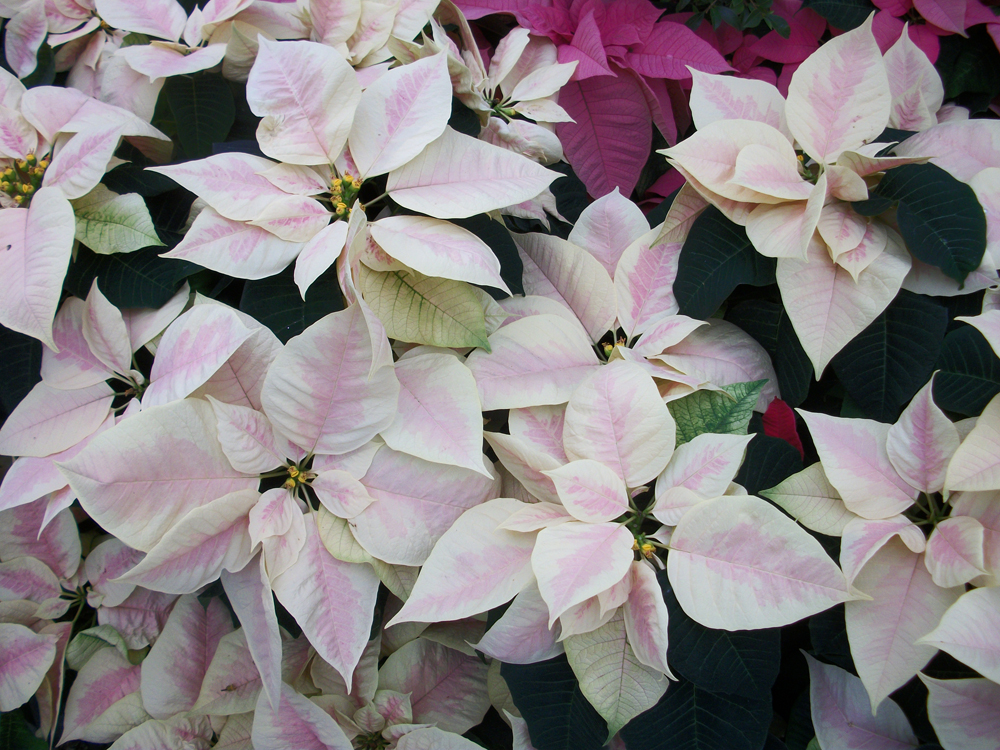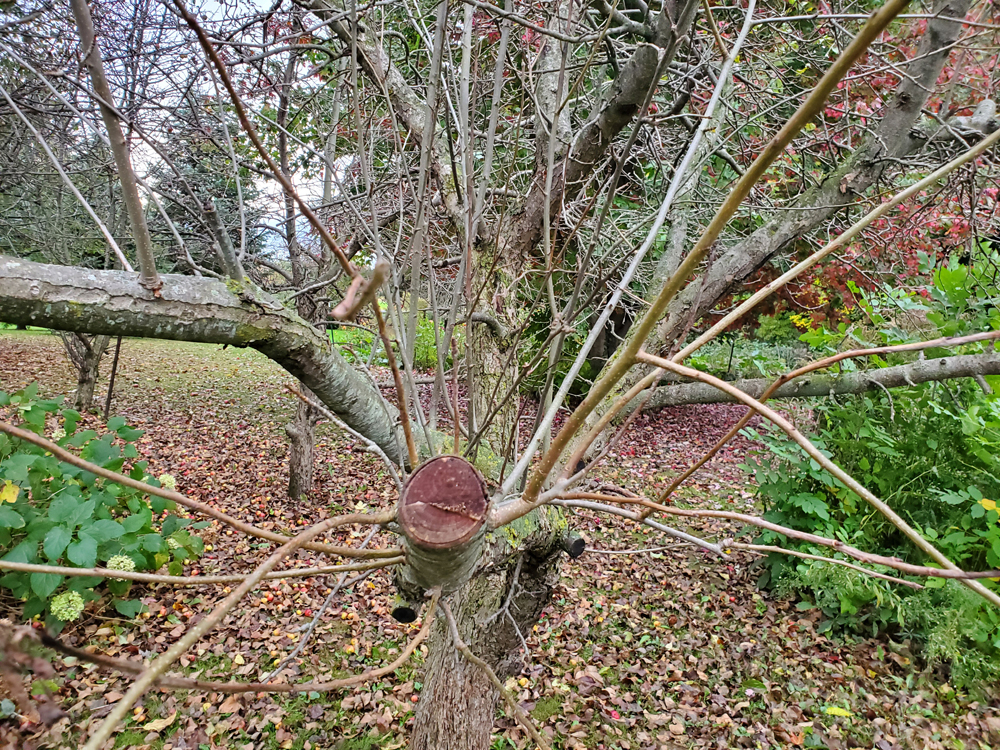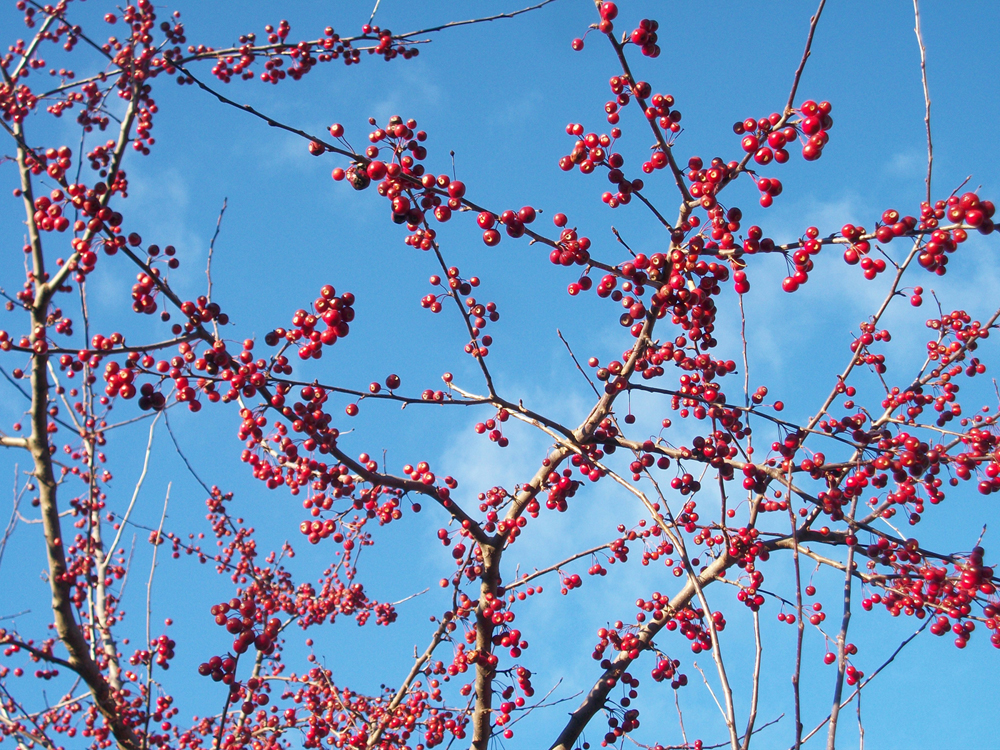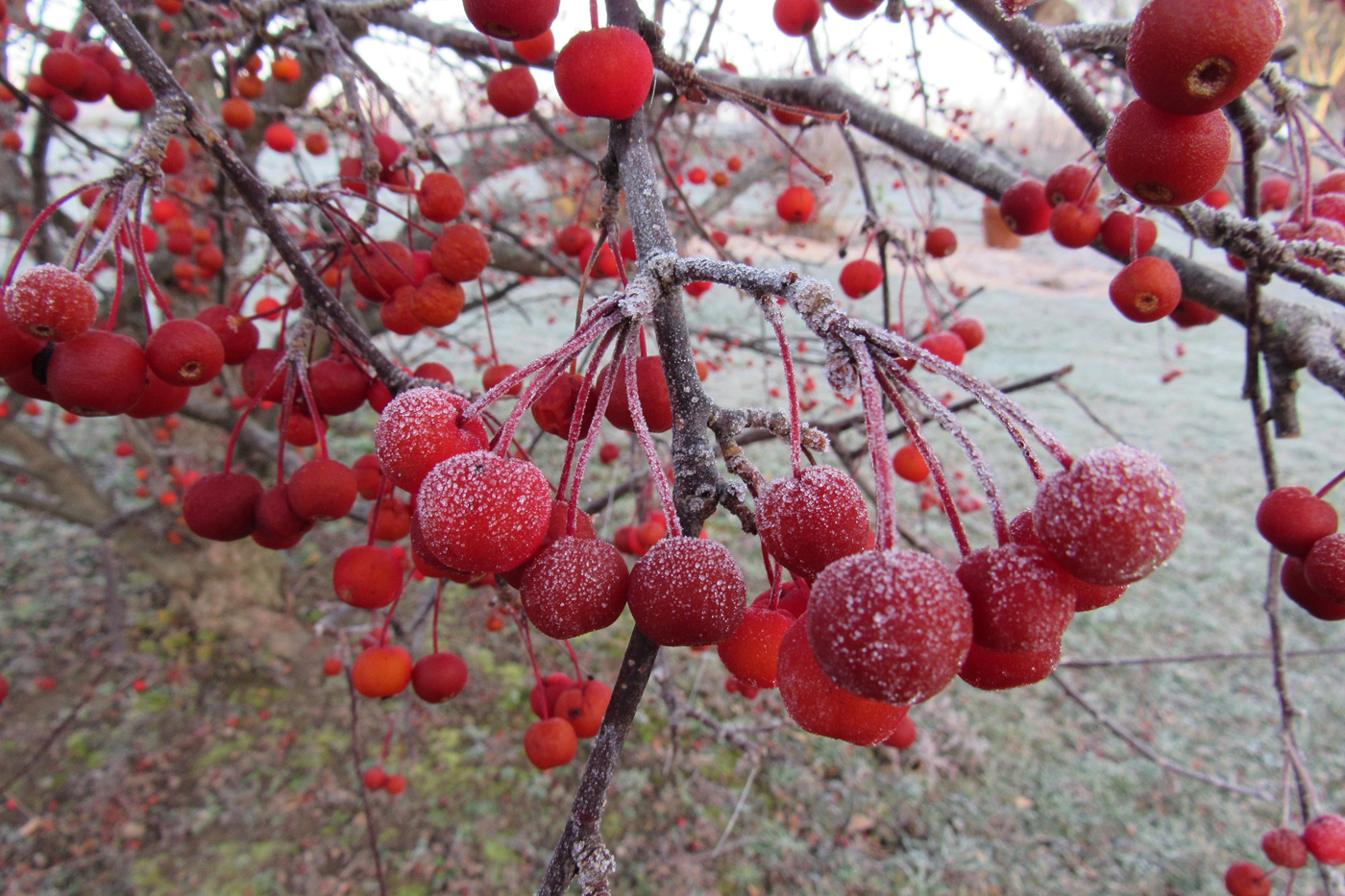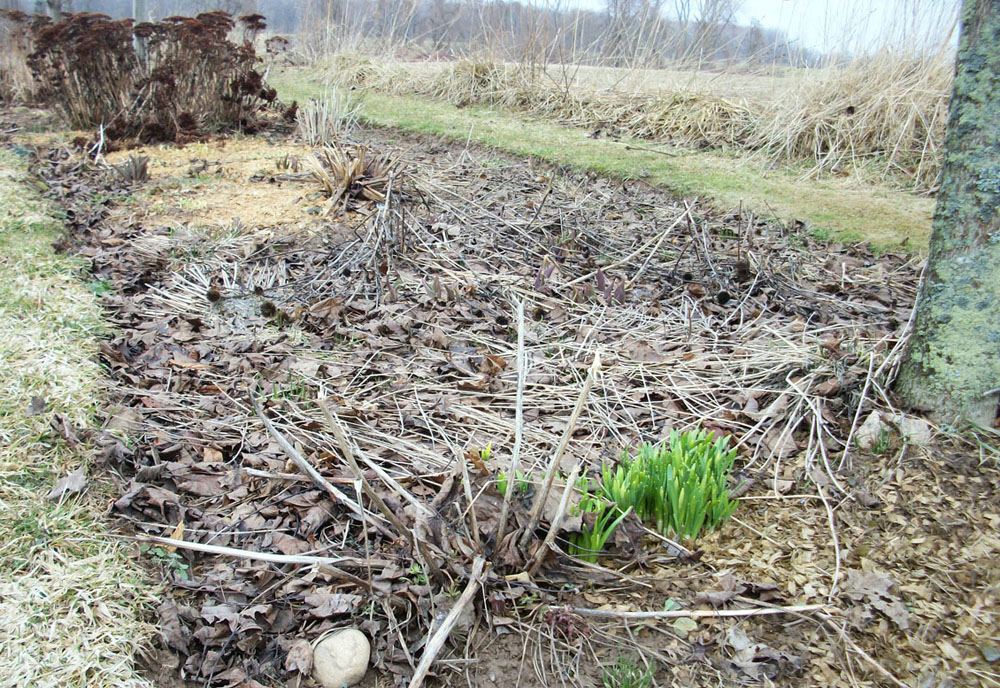Winter Solstice
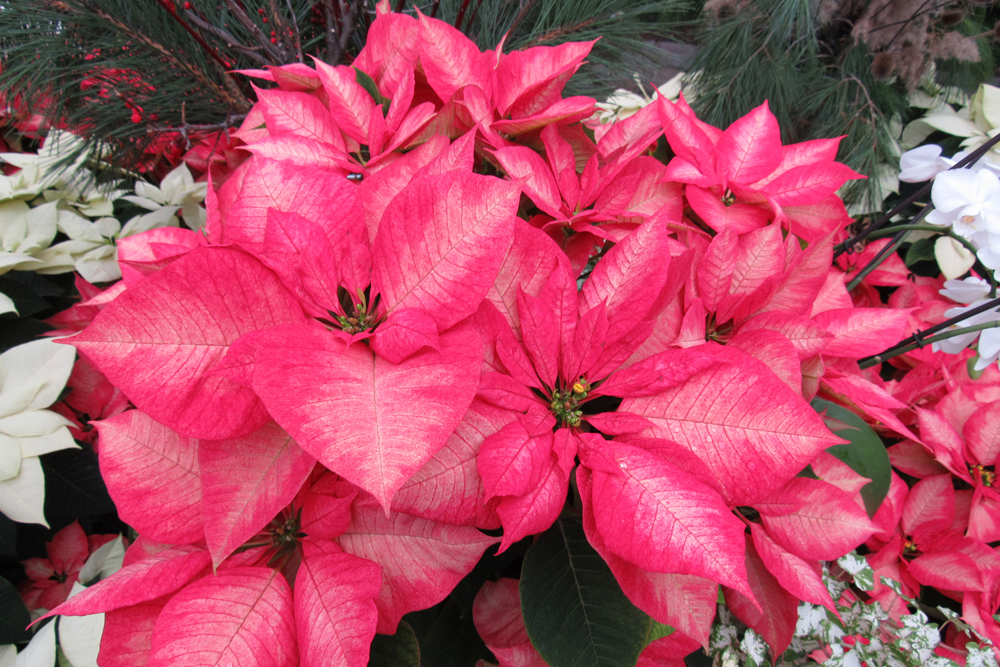
First of all, Merry Christmas! I wish you all a happy and peaceful holiday season!
Robert Frost’s poem, “Stopping by the Woods on a Snowy Evening,” takes place during, “the darkest evening of the year.” That evening is the evening of the winter solstice, which recently occurred on Wednesday, December 21. The winter solstice is the shortest day of the year in the northern hemisphere – the moment when the sun’s position in the sky is at its greatest angular distance on the other side of the equatorial plane from the northern hemisphere. That means the sun comes up really late and sets really early and results in the longest night of the year. Now that we have experienced the winter solstice, the days will gradually get longer – one of my favorite things about December.
I came upon an interesting article written several years ago by Susan Mahr, University of Wisconsin at Madison, for the Wisconsin Master Gardener website about why the winter solstice is of importance to gardeners – even though this is the time of year when we are deep into cold and snow and the growing season is long over. Mahr explains that plants that live in climates where there are major temperature changes – very cold winters or very hot summers – need to know when the seasons will change and be able to prepare for the anticipated environmental change before it happens. Changes in day length are an important cue, she says, for many plants and some animals to determine when to initiate development, reproduction, migration, and diapause.
The slightly longer days we are seeing now don’t impact plant growth much, but there are times when day-length changes signal some plants to shift from vegetative growth (foliage) to reproductive growth (flowers and seeds). Plants have pigment cells specifically in the red end of the spectrum, allowing them to determine what the day length is.
Mahr says that the effect of seasonal changes in the length of light and darkness in a 24-hour period on plants is called photoperiodism. These effects were described in the early 1900s. Short-day plants are those that bloom in the spring or fall and include the poinsettias and Christmas cactus we are enjoying now, as well as chrysanthemums and certain kalanchoes. Dahlias bloom late in the season because of the shortening day length. Long-day plants include spinach, lettuce, and radish, which bloom when exposed to the long days and short nights of summer. These plants naturally go to seed as the summer progresses. There are also plants that have mixed requirements such as day-neutral plants which only need to reach a certain size or maturity to flower.
At first, scientists didn’t realize the important part about photoperiodism was actually the amount of darkness – not the length of daylight – but the terms relating to day length have stuck. Since the photoperiod exerts important effects on the growth and flowering of many plant species, Mahr says it has to be manipulated for several greenhouse crops, including poinsettias, to be able to produce them on schedule and particularly out of season.
She explains that plants additionally use photoperiod to prepare for long, cold winters by producing sugars and amino acids, which act as antifreeze and help to prevent or minimize damage from cold. Nutrients are moved to the roots as nights lengthen in the fall (hence waiting until after cold weather sets in to harvest carrots, as they become even sweeter). As day length decreases, the plant’s ability to produce chlorophyll also decreases. The chlorophyll in the leaves degrades and the underlying yellow and orange carotenoids and xanthophylls begin to show instead of green. Normally by the time severe winter weather arrives, plants have dropped their leaves.
Finally, Mahr writes that cold accumulation units are another environmental clue for some perennial plants. These plants are able to measure how much cold they have experienced to determine when growth or flower bud formation should begin. This happens long before actual growth or blooming takes place and is why peonies, tulips, and other plants will not bloom in warm climates unless they have been artificially chilled.
